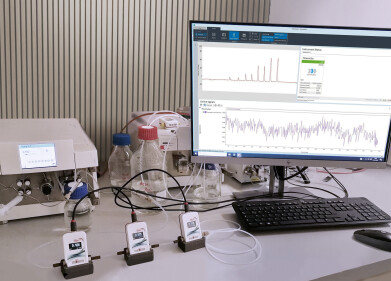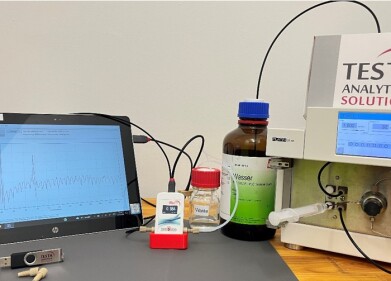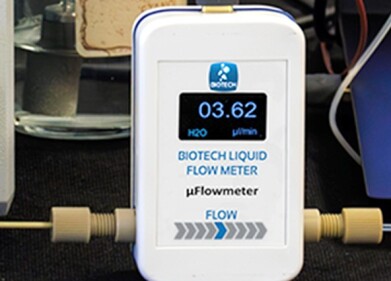HPLC, UHPLC
How Effective Are Nanocarriers for Drug Delivery? - Chromatography Investigates
Sep 12 2018
Drug therapies are becoming increasingly complex as technology improves and scientists get better at utilising the advances developed. Drugs and medicines are not just composed of the active compounds that directly attack the illness or condition. Medicines contain many different inactive agents that have many different uses including binding agents, dyes, flavouring agents and preservatives – rather like a food or drink.
But one key inactive ingredient that is becoming more relevant are drug delivery agents. In a recent paper published in the Journal of Nanomaterials - Preparation and Evaluation of Smart Nanocarrier Systems for Drug Delivery Using Magnetic Nanoparticle and Avidin-Iminobiotin System – researchers working in China and the UK report on the use of magnetized nanoparticles as an effective drug delivery system.
Getting the drug to the patient
One of the challenges in drug delivery is timing – getting the drug to where it is needed at the right time. This can be especially true when the drugs in question are highly toxic and have unpleasant side effects – as found in chemotherapy drugs. These are drugs used to prevent the spread of malignant cells around the body. Conventional drug delivery is considered uncontrolled and can lead to harmful side effects and toxic effects due to powerful and toxic drugs being released too quickly.
Better drug delivery systems are controllable and can deliver the drugs in an extended fashion, this reduces the toxic effects caused by a large quantity of the drug being delivered in a short time. Two methods currently used include physical adsorption where the drug can be bound to a biodegradable polymer using hydrogen bonds and attaching the drug to a carrier using covalent bonds or affinity actions.
The system used is dependent on the drug type, its molecular size and its physical and chemical properties – but both have been used for a number of years and each has its limitations. But the use of magnetized nanoparticles could help solve some of the problems of drug delivery.
Magnetic nanoparticles deliver the drug
One method being investigated as a means of delivering drugs are magnetized nanoparticles or MNPs. The drug is conjugated to MNPs and delivered in a controlled fashion to the target site where it can act locally. This means that the dosage can be reduced, which in turn reduces the side effects and toxic effect of the drug.
The team tested a conjugated system using an anti-cancer drug, measuring the optimum loading capacity using liquid chromatography. The measurement of drugs in biological systems is discussed in the article, Measurement of Drugs of Abuse by Liquid Chromatography Tandem Mass Spectrometry using Fully Automated Sample Preparation.
The authors report that in the trials, a drug was adsorbed, transported and released in a controlled manner on the surface of an MNP – and that the drug then exhibited inhibitory activity against cancer cells. Magnetised nanoparticles could be a method to deliver drugs in a timely and accurate fashion.
Events
Jan 20 2025 Amsterdam, Netherlands
Feb 03 2025 Dubai, UAE
Feb 05 2025 Guangzhou, China
Mar 01 2025 Boston, MA, USA
Mar 04 2025 Berlin, Germany














